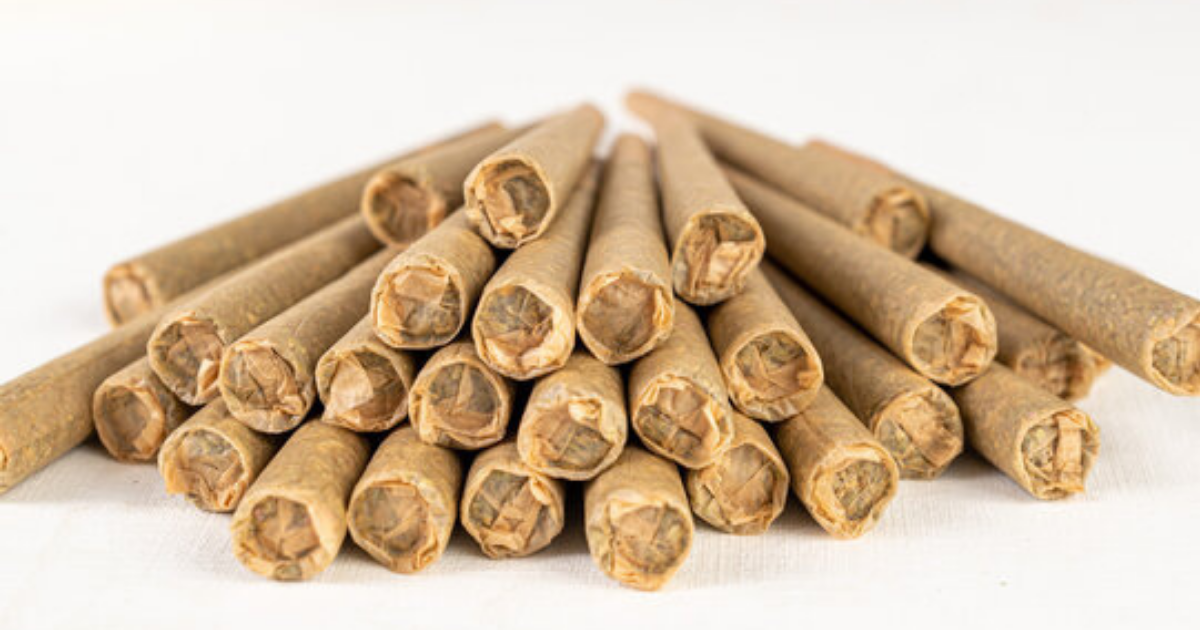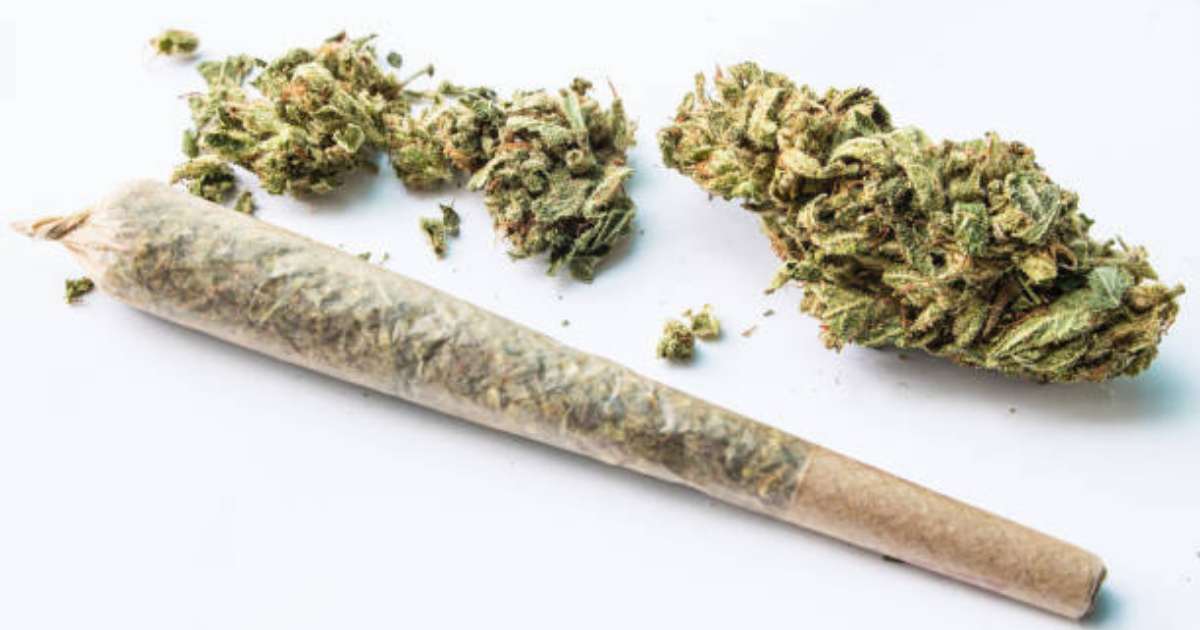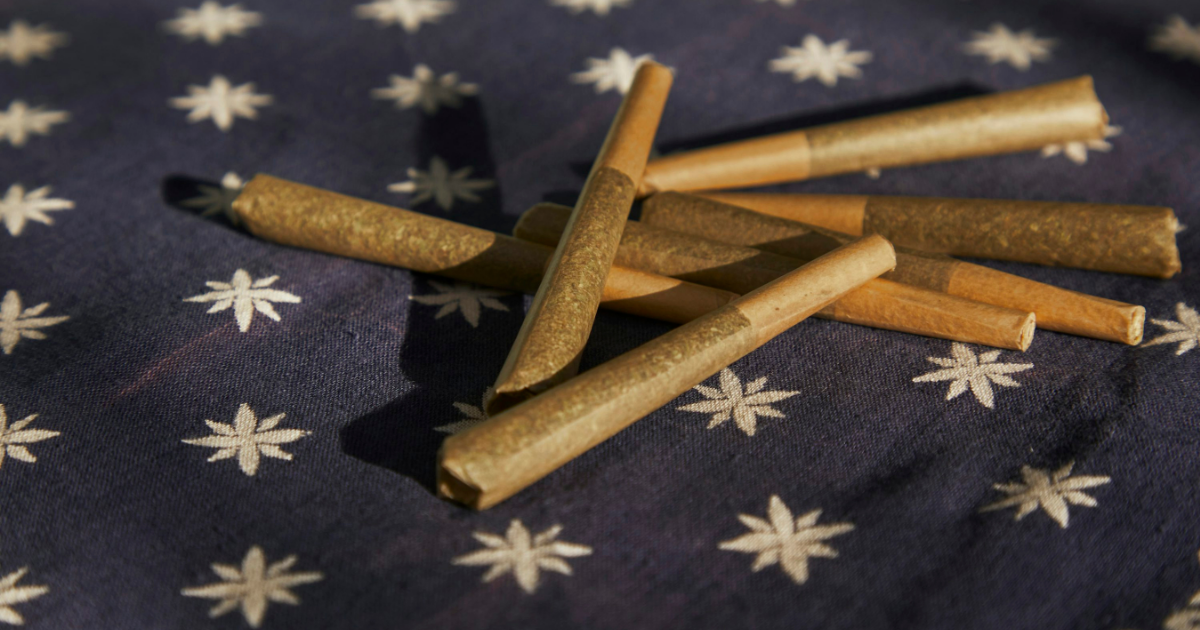Burn rate isn't some fancy metric made up to sound technical. It's real, it matters, and it shapes every single session from start to ash. A slow, even burn hits smooth and lasts. A fast, erratic one torches the moment before it even begins.
So when people ask what a good pre roll burn rate really means, they’re not just asking for a definition, they’re asking how to make every cone count.
This isn’t just a science thing. It’s the art of a good time. And if the cone game is something to be taken seriously, then knowing everything about pre roll burn rate becomes a non-negotiable part of the grind.
The Real Meaning Behind Pre Roll Burn Rate
Pre rolled cone burn rate isn’t just some throwaway metric or stoner trivia. It’s the core mechanic behind how a session unfolds. From the moment you light up to the last draw at the crutch, burn rate controls the tempo, consistency, and satisfaction of the entire cone. If the burn rate’s off, even the loudest herbs can’t save the session. But when it’s right, the whole thing flows like it was meant to.
At its most basic, burn rate is the speed and smoothness with which the cone combusts. But underneath that, it’s about rhythm. A fast burn can kill the moment. A laggy, uneven one breaks the vibe. When the burn rate’s dialed in, every puff is steady, flavorful, and clean. No canoes. No restarts. Just one long, uninterrupted smoke that feels effortless.
This isn’t about being a perfectionist. It’s about setting a standard. Whether you’re rolling for yourself or for others, knowing what burn rate really means gives you control over the experience and that control is what makes a cone hit different.
What a Balanced Burn Rate Actually Looks Like
A balanced burn rate keeps everything in sync. It burns at a pace where the cherry stays consistent without racing ahead or dying out. The line of ash holds its shape, hugging the paper evenly as it moves down. You don’t get sudden heat spikes or dead zones. Everything burns in unison.
This balance is a sign that your grind, moisture, and pack density are working together. You’re not adjusting the draw mid-session or lighting up every few minutes. You’re coasting. A slow but steady burn isn’t about dragging it out forever, it’s about control, and making sure every milligram of material gets put to work the right way.
You know the burn is balanced when you stop thinking about it. That’s when you know you got it right.
Why Burn Rate Equals Session Quality
Burn rate sets the tone for how good the session feels. A cone that burns too fast wastes flavor and blows past the high before it even lands. One that burns unevenly turns the whole thing into a maintenance job. You’re relighting, rotating, or pinching the tip just to keep things going. That’s not a vibe. It’s a chore.
When the burn is consistent, the flavor stays crisp. You get the full terp profile of the flower. The smoke hits smooth, the airflow feels clean, and the entire cone delivers on what it promised. You’re not just smoking. You’re experiencing everything the strain has to offer, at the right pace, with zero stress.
So when people say burn rate makes or breaks a session, this is what they mean. It’s not just about mechanics. It’s about the entire feel of the smoke.
How Burn Rate Reflects Rolling Skill
You can tell a lot about the person behind the roll just by watching how it burns. A proper burn rate shows intention. It means the grind was right, the pack was even, the cone was shaped correctly, and the moisture was dialed in. It’s a signature move, proof that whoever rolled this knew what they were doing.
On the flip side, cones that tunnel, canoe, or run out fast are usually the result of sloppy prep. Maybe the grind was too fine. Maybe it sat out too long. Or maybe the pack was uneven. Either way, a bad burn rate tells the whole story.
Getting it right takes patience and attention. But once you’ve locked it in, that burn becomes part of your rep. People notice. And the ones who know? They’ll respect the craft.
Why Burn Rate Should Always Be a Priority
Burn rate isn’t something you think about after the fact. It’s the first thing that determines whether the sesh will hit clean or fall apart halfway through. Ignoring it means gambling every time you light up. One cone might burn like a dream. The next might tunnel, canoe, or go out before the cherry even settles. That kind of inconsistency kills the vibe and makes the whole process feel hit-or-miss.
For personal rolls, it turns your stash into a guessing game. For production-level pre-rolls, it risks your entire brand. Burn rate affects the perception of quality, and once that’s off, people remember it. On the flip side, when burn rate is locked in, everything else feels premium. From flavor to airflow to draw consistency, it all improves. That’s why burn rate isn’t just a technical issue. It’s a trust issue.
How to Achieve Ideal Pre-Roll Burn Rate
You don’t get the perfect burn by accident. It’s the result of getting every step right, grind, moisture, pack, paper, and airflow. If one part’s off, the burn rate suffers. If everything lines up, the cone does exactly what it's supposed to: burn slow, even, and steady. Achieving that ideal burn rate means understanding the small decisions that stack up to a flawless experience.
This is where skill meets control. There’s no guessing here. It’s about building consistency through process. Whether you're rolling one at home or dialing in hundreds for production, the method stays the same. Hit the fundamentals, fine-tune your approach, and the cone does the rest.
Start With the Right Grind and Moisture
Burn rate begins with the material itself. A fluffy, medium grind allows for even airflow without choking the cone or letting it torch too fast. Too fine, and the roll clogs. Too chunky, and you get gaps, tunneling, and uneven combustion. Consistency in texture is the first step in locking down a clean, slow burn.
Moisture is just as important. The flower should feel springy, not brittle or soggy. Over-dried material burns up instantly and tastes harsh. Over-humid and you’re fighting to keep it lit. Aim for material that breaks apart without crumbling. Keep it stored airtight and cool until it’s ready to roll. That balance sets the foundation for everything that follows.
Layer Your Pack and Test the Airflow
Packing is where most cones succeed or fail. Too loose, and the cone burns fast and floppy. Too tight, and airflow is strangled. The goal is to build up the fill in layers, add some grind, tamp it down lightly, repeat. This creates structure while letting the air pass through naturally.
Once packed, test the airflow. Give the cone a small draw before twisting the top. You should feel resistance, but not blockage. If it feels like pulling through a straw filled with cement, it’s overpacked. If it feels like a wind tunnel, it’s underpacked. Get this step right, and the burn will stay on track from spark to finish.
Match Your Paper and Crutch to Your Setup
The paper and crutch aren’t just accessories. They’re tools that shape the burn. Thinner papers tend to burn slower and work best with well-dried, finely ground material. Thicker papers can handle moister or denser packs, but they burn hotter and faster if not paired correctly. Match paper thickness to the condition of your fill.
The crutch controls draw resistance and acts as the final filter. Too wide, and you get hot pulls and fast burns. Too tight, and the smoke backs up and cools too much. Use a crutch that holds structure and allows a steady draw. A good crutch helps anchor the burn rate and gives the cone that final polish that keeps the whole thing stable.
Storage Conditions Matter
You can grind it perfect, pack it clean, and seal it up tight, but if your pre-roll sits in the wrong place after all that, it can still burn like trash. Storage is the final checkpoint before the sesh. This is where good cones either stay ready or start to fall apart. Heat, air, and light aren’t just bad for flavor. They straight up destroy burn quality.
Once a pre-roll is packed, it's not bulletproof. It’s sensitive to the space around it. Let it dry out, and it burns like flash paper. Let it get humid or bent out of shape, and airflow goes sideways. Burn rate depends on preserving the exact balance you built during prep. And that only happens with the right kind of storage.
How Environment Alters Burn Behavior
A cone is only as good as the space it's kept in. When air hits it for too long, moisture starts evaporating. Even a few hours in the open can dry out the grind inside, especially near fans or warm spots. Once the material gets brittle, the cone burns too fast and loses flavor almost immediately.
Heat speeds up that drying process. If cones sit near direct light or in a car, the internal moisture cooks off and the paper can warp or weaken. On the other side of that spectrum, excess humidity or condensation makes cones soggy. That traps airflow, causes uneven burning, and can even lead to mold if ignored too long.
Storage isn’t just about convenience. It’s a functional part of cone integrity. Bad storage ruins everything you did right.
Why Airtight Containers Are Non-Negotiable
The best way to preserve burn quality is to lock everything out, air, moisture, heat, and UV. Airtight containers create a sealed microclimate where cones stay stable. The grind won’t dry out. The paper won’t curl. The airflow you packed stays exactly as it was when you sealed it.
Glass jars with rubber seals are one of the most reliable options. If you're moving product in bulk, heavy-duty mylar or vacuum-sealed packs work too. Just avoid zip-top bags or any loose packaging that allows airflow or bends the cone out of shape. Pre-rolls are delicate, and they need structure during storage just like they do during the session.
It’s not overkill. It’s maintenance. That container is what keeps the burn rate intact.
Ideal Storage Conditions for Pre-Roll Longevity
The best conditions for storing pre-rolls are cool, dark, and stable. Room temperature is fine as long as it’s away from heat sources. Cabinets, drawers, or storage boxes work great, just avoid direct sunlight, radiators, or warm electronics nearby. Sudden temperature swings also mess with consistency, especially for cones prepped in bulk.
Humidity should be controlled, especially in humid climates. Small humidity packs can be added to containers to keep levels balanced around 58 to 62 percent. That’s the sweet spot for keeping the grind springy without turning it mushy. And if cones are traveling, use crush-proof tubes or hard-shell containers to keep the structure from collapsing in transit.
This is how you keep your prep session from going to waste. Store it right, and the cone stays ready to burn like it just got packed.
FAQs
What exactly is pre roll burn rate?
Pre roll burn rate refers to how fast and evenly a pre-rolled cone burns. It determines the draw quality, session duration, and overall experience of the cone. The better the burn rate, the smoother and more enjoyable the session.
How can grind consistency affect burn rate?
An uneven grind creates airflow issues. Too chunky and it burns fast and uneven. Too fine and the cone might clog. A consistent, fluffy grind helps maintain a steady burn rate throughout the session.
Why does humidity matter in pre rolls?
Humidity controls how dry or moist the material is. Too dry and the cone burns too fast. Too moist and it struggles to light. Keeping material at ideal moisture levels supports a controlled burn rate.
What kind of paper burns best?
That depends on the material. Thin papers tend to burn slower, which is better for dry, finely ground material. Thicker papers work better with slightly moister or denser packs. Matching paper type to content helps optimize burn rate.
Can burn rate be fixed mid-session?
Yes. If a cone starts to canoe or burn unevenly, quick fixes like rotating during the draw, pinching the fast side, or adjusting the light can rebalance the burn and bring things back to center.
Pre roll burn rate is the backbone of a solid session. Master it, and every cone becomes a smoother, longer, better experience. Skip it, and things fall apart fast. Know it, apply it, and keep the fire rolling right.





LEAVE A COMMENT
All comments are moderated before being published.
This site is protected by hCaptcha and the hCaptcha Privacy Policy and Terms of Service apply.